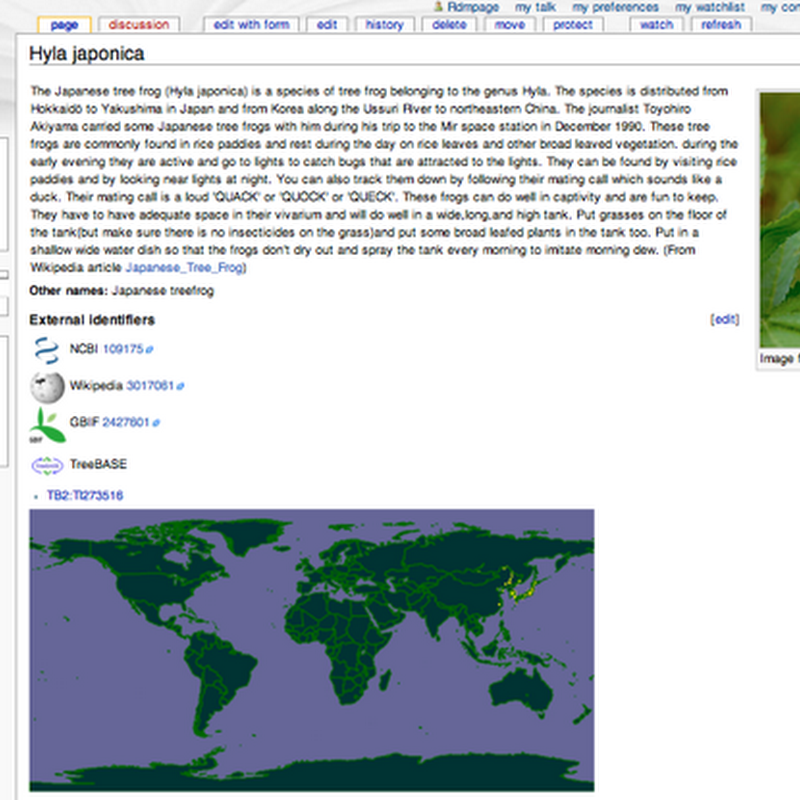
Awoke this morning to the sad news (via Scott Miller) that Scott Federhen of the NCBI had died. Anyone using the NCBI taxonomy is a beneficiary of Scott's work on bring together taxonomy and genomic data. Scott contributed both directly and indirectly to this blog.






